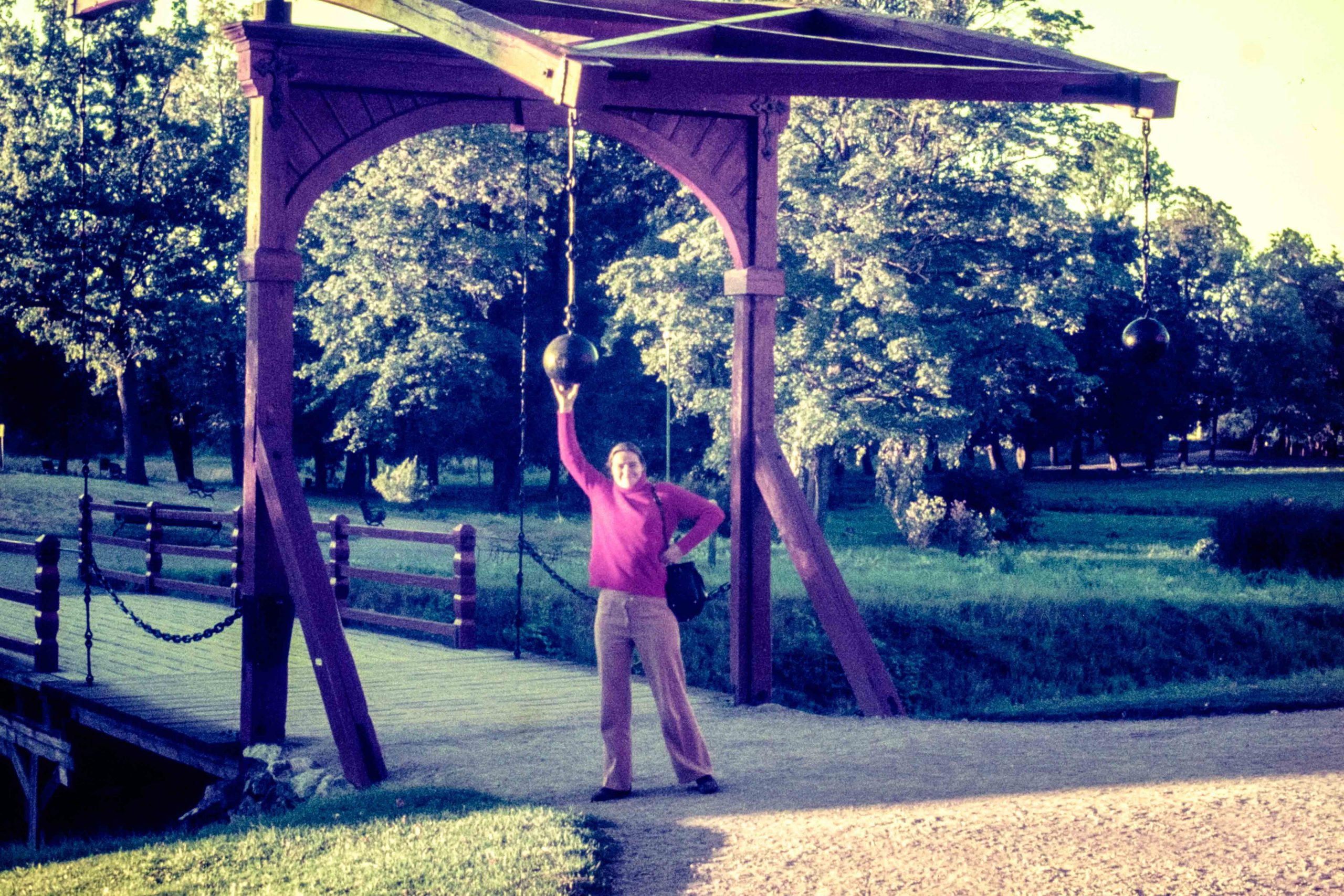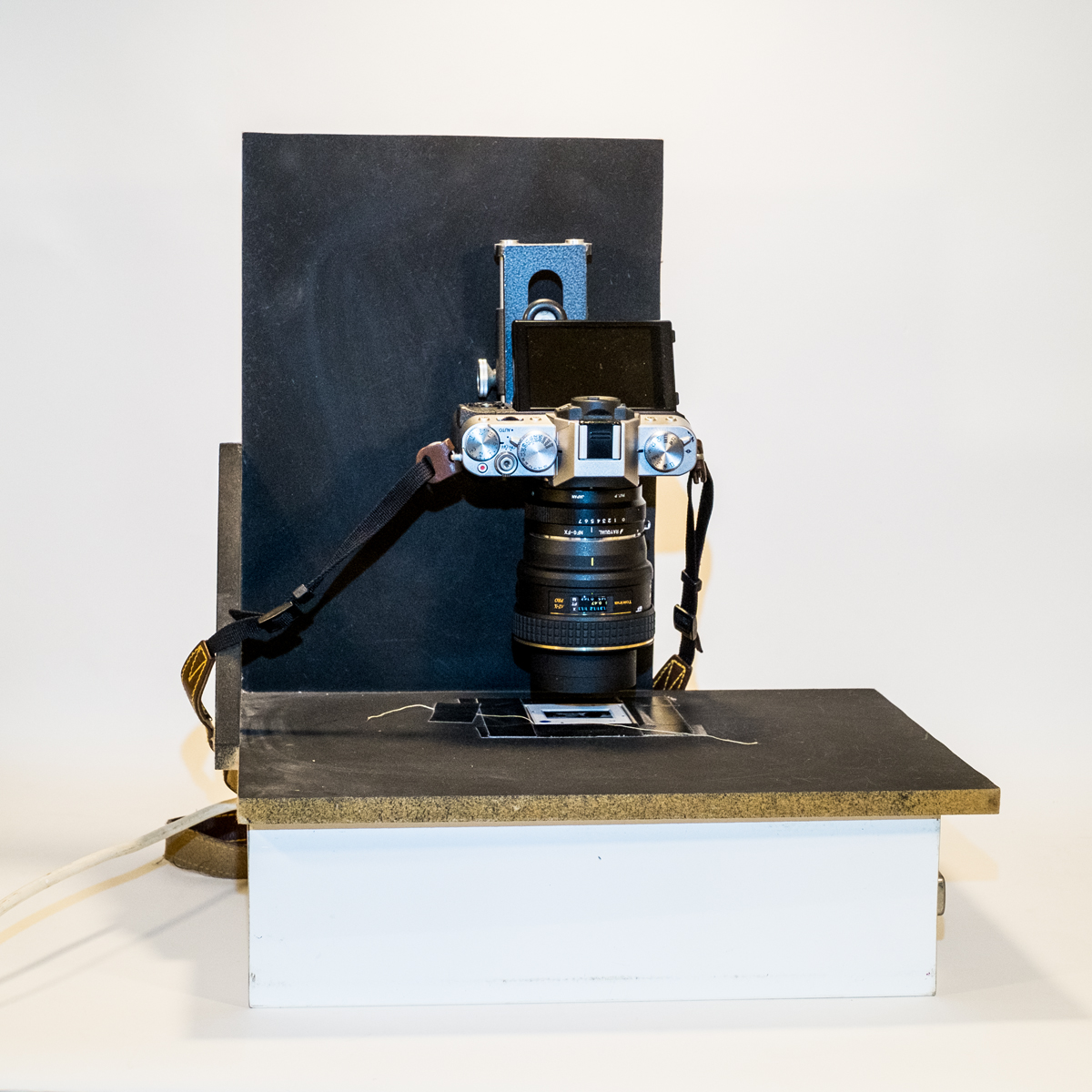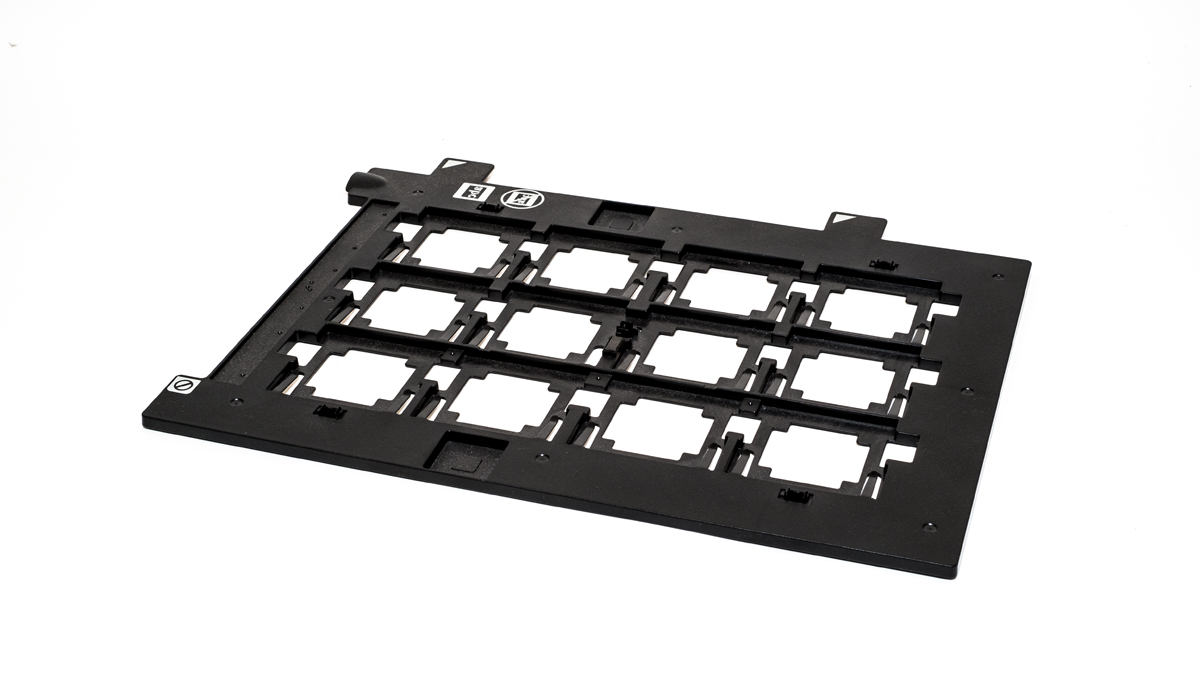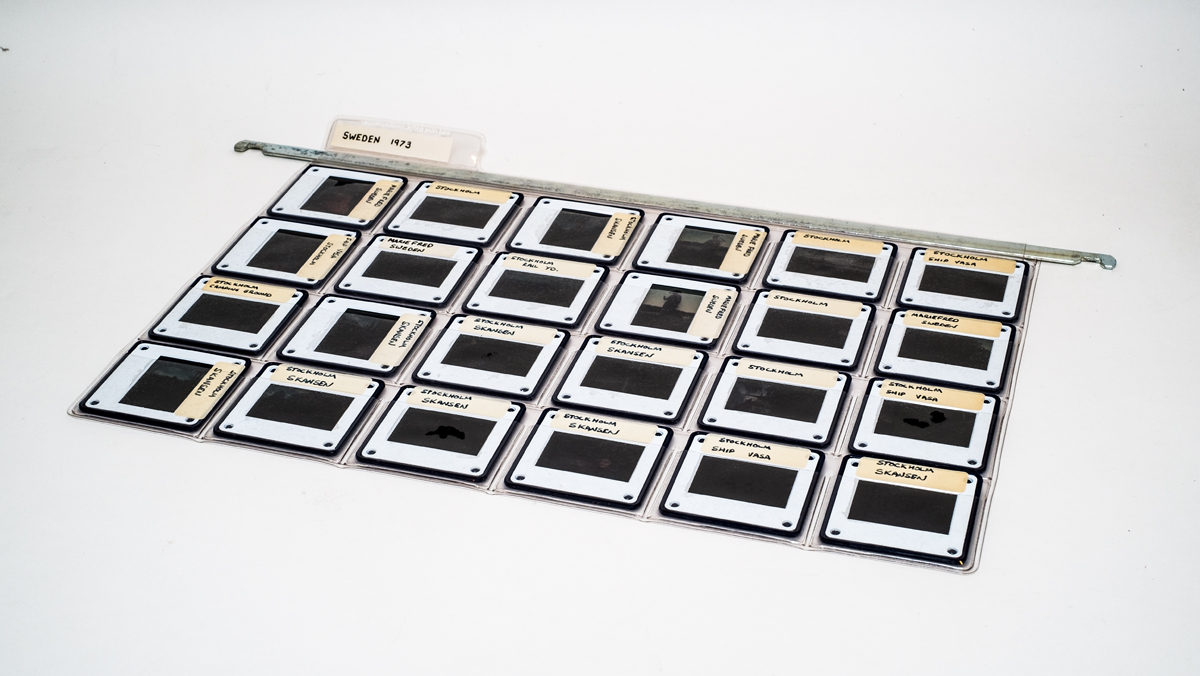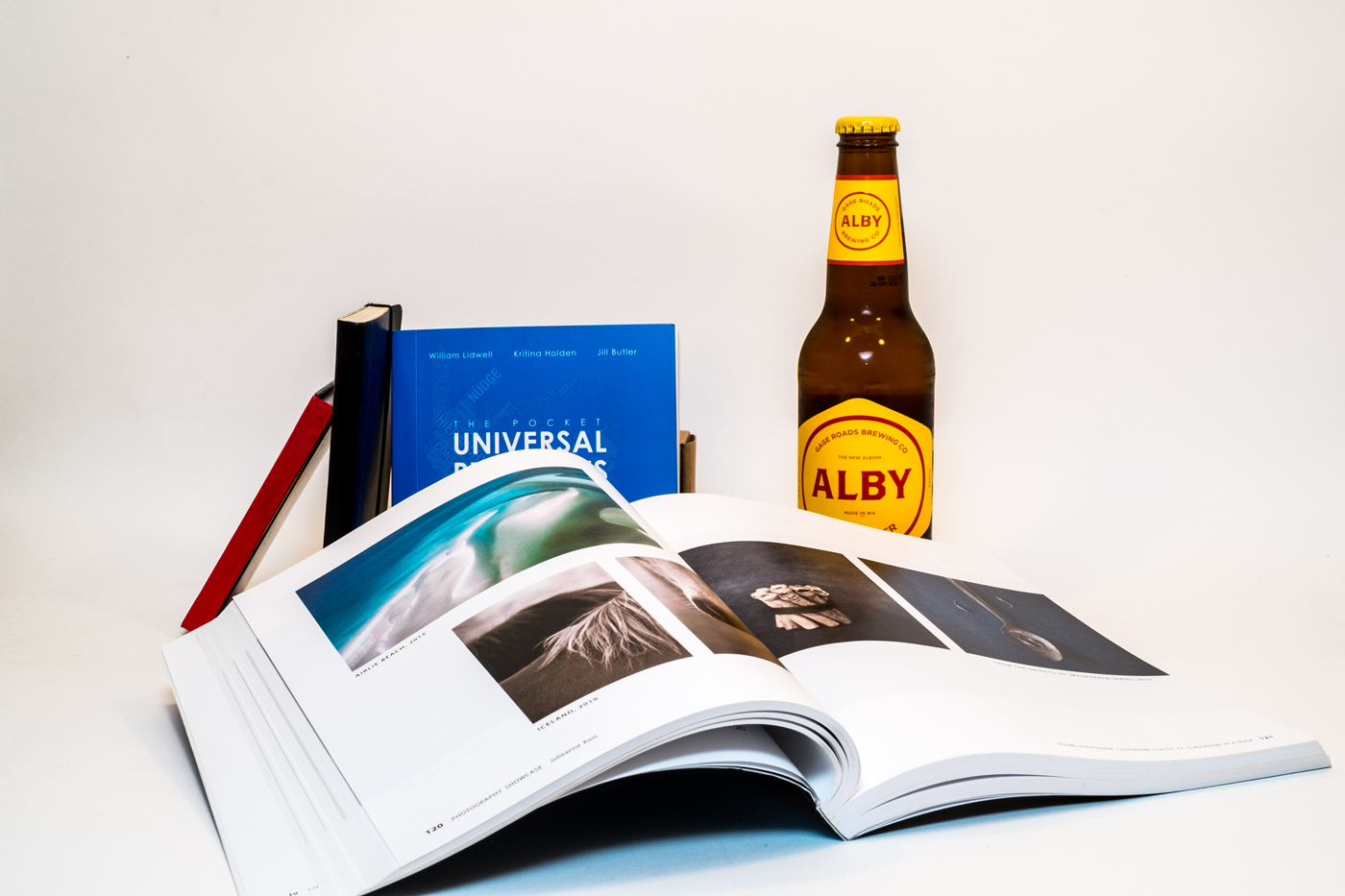30 Mar Uncle Dick’s Shut-In Corner – Number One
In my case I am shut into a studio, scale model workshop, and comfortable library with a drinks cabinet. As long as the supplies hold out, I am fine. The plan to distill liquor from potato peelings and old spray-painting rags is proceeding well and the still has only gone up in flames twice. Today's Shut-in Idea comes from a photo shoot that was done last year in the studio with John Harney. He's a marine seascape photographer who is wet more often than he is dry - and wanted a page for one of his albums of pictures - or for one of the calendars he produces. He came up with the idea of a set-up photo of himself and all the equipment he uses for the shots. You may have seen similar photos done be fire departments, military outfits, and sports clubs. They lay themselves out in precise form as if they were a G.I. Joe or Barbie play set. The work involved is considerable as there has to be a lot of precision in the concept as well as...





